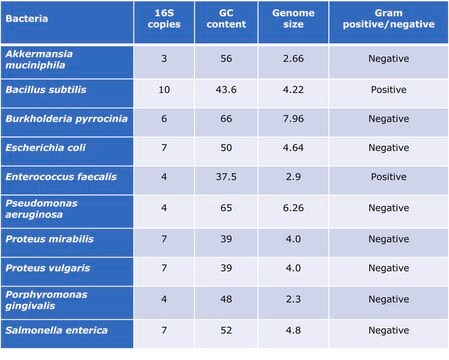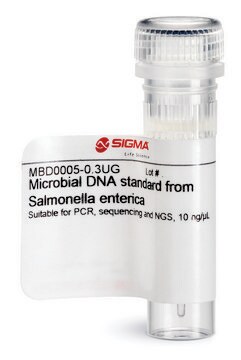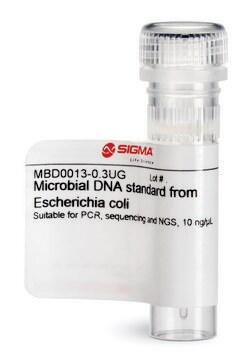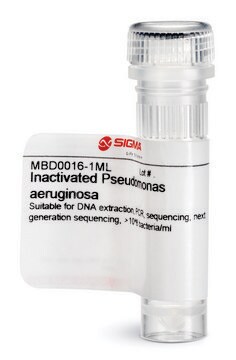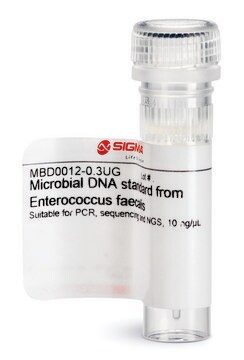推荐产品
一般說明
Standardization of sample analysis is currently needed in microbiome genomics research workflow. Lack of standardization can lead to biases and errors in common processes during sample preparation and analysis such as sample amplification, sequencing and bioinformatics analyses. Burkholderia pyrrocinia genomic DNA microbial standard can serve as standard for benchmarking the performance along the workflow of microbiomics or meta-genomics analyses and as a tool to increase reproducibility and allow comparison of results obtained by different labs.
Burkholderia cepacia complex (Bcc) species are a group of Gram-negative opportunistic pathogens that chronically infect the airways of cystic fibrosis patients, but they can also infect patients with various types of immunosuppressive disorders. Bcc members are multidrug resistant bacteria that have the ability to persist in the infected host and also elicit robust inflammatory responses. It currently includes 20 closely related, but distinct, species of bacteria, with a wide environmental distribution.
B. cepacia has an unusually large genetic make up with a total DNA content greater than 7 megabases and as many as three megabase-sized replicons. This large genetic make up accounts for its microbiological versatility. Advances in the taxonomy of Bcc revealed that it comprises at least nine genetically closely related species, including B. pyrrocinia, which can be differentiated on the basis of molecular and biochemical tests.
Read here how to use our standards to ensure data integrity for your microbiome research.
Burkholderia cepacia complex (Bcc) species are a group of Gram-negative opportunistic pathogens that chronically infect the airways of cystic fibrosis patients, but they can also infect patients with various types of immunosuppressive disorders. Bcc members are multidrug resistant bacteria that have the ability to persist in the infected host and also elicit robust inflammatory responses. It currently includes 20 closely related, but distinct, species of bacteria, with a wide environmental distribution.
B. cepacia has an unusually large genetic make up with a total DNA content greater than 7 megabases and as many as three megabase-sized replicons. This large genetic make up accounts for its microbiological versatility. Advances in the taxonomy of Bcc revealed that it comprises at least nine genetically closely related species, including B. pyrrocinia, which can be differentiated on the basis of molecular and biochemical tests.
Read here how to use our standards to ensure data integrity for your microbiome research.
應用
The genomic DNA is provided at >=10 ng/μL concentration in TE buffer pH 8.0. It is recommended to avoid freeze thaw cycles of this product.
Suitable for Quantitative standard for PCR, Sequencing and NGS
Suitable for Quantitative standard for PCR, Sequencing and NGS
特點和優勢
- Individual microbial standard for microbiomics and meta-genomics workflow
- Suitable standard for PCR, sequencing and NGS
- Improve Bioinformatics analyses
- Increases reproducibility
- Compare results lab to lab
外觀
Liquid - The genomic DNA is provided at >=10 ng/μL concentration in TE buffer pH 8.0
儲存類別代碼
12 - Non Combustible Liquids
水污染物質分類(WGK)
WGK 1
閃點(°F)
Not applicable
閃點(°C)
Not applicable
我们的科学家团队拥有各种研究领域经验,包括生命科学、材料科学、化学合成、色谱、分析及许多其他领域.
联系技术服务部门